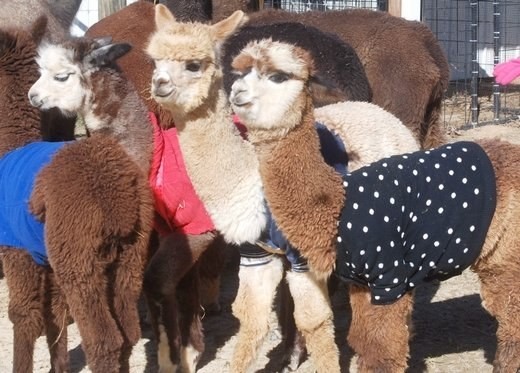It’s easy to denounce Buzzfeed as another example of the Internet pandering to base interests. But what’s not so easy? Creating your content that can compete with Buzzfeed’s.
At first glance, Buzzfeed posts may appear to lack intellectual nutrition. Let’s take: “25 Excellent Reasons To Eat More Cheese.” But can you guess the number #1 reason? Eating cheese can reduce your risk of cardiovascular disease and stroke. That fact sounds like it could have been put out by the American Heart Association.
Or how about the post: “4 Awesome Videos To Celebrate National Coming Out Day.” Couldn’t that have been written by the Human Rights campaign?
Scroll through Buzzfeed’s bottomless vertical, and you’ll find countless other articles that have a serious educational component:
• “22 Utterly Bizarre Scientific Facts About Pregnancy”
• “27 Things Every Parent Should Teach Their Child”
• “24 Things Only Anxious People Will Understand”
• “The Strongest Woman In America Lives In Poverty”
• “Baby Alpacas In Sweaters: A Love Story”
OK, maybe not the last one. But it’s a great excuse for a photo!

Image Credit: Dede Biles/Aiken Standard via Buzzfeed
At his Communications Network conference keynote, Buzzfeed Editor-in-Chief Ben Smith said his website had a “generational” identity. Think about that for a minute, folks. If advocacy organizations want to reach the current generation, they must appeal to its sensibility. Why can’t advocacy organizations take a page out of Buzzfeed’s playbook, and try packaging themselves in short, bite-sized bullets with screaming headlines?
In addition to emulating Buzzfeed’s style across their own channels, advocacy organizations could also work with writers to spark content ideas for Buzzfeed’s Community section. There’s just one caveat: BuzzFeed discourages organizations, brands, or individuals with a political, commercial, or self-promotional agenda from submitting to their community platform. (Furthermore, all Community accounts should be created with a personal email address – rather than a business or organizational domain.) Above all, it’s critical that your posts serve a higher purpose; they should always enlighten, educate, or entertain and never resemble an advertisement for your cause.
Buzzfeed’s calling card may still be its lists of texting fails or “animals who are disappointed in you.” But mixed in with all those irresistible animal pics is a fair amount of coverage of world affairs, health, politics and social justice.
Believe it or not, some of Buzzfeed’s top lists of all time are collections of photos about history and world events:
• “21 Pictures That Will Restore Your Faith In Humanity“
• “40 Of The Most Powerful Photographs Ever Taken”
So, without further ado, here are DG+CO’s tips to writing a great education or advocacy listicle.
1. Get over yourself.
“The first rule of Fight Club is: you do not talk about Fight Club.” Your organization in itself is not a good hook. Get off your script and discuss your issue in a way that opens the door. What’s the first thing you would say at a party to get someone interested in your issue?
2. GIFs. Period.
No great Buzzfeed list is complete without a mesmerizing, looping image. Find some great ones on any number of GIF databases, or, better yet create your own.
3. Don’t forget to laugh.
Even serious issues can evoke the absurd. So add a little levity into your list. You won’t be the first.
π. Pick a weird number.
Because weird numbers rule on Buzzfeed, we’re ending this list on pi. Never stop at 3 or 10 items. They are too predictable – too, well, lame. Like KFC’s “11 herbs and spices,” you need the number of items on your list to seem specific, deliberate and special.
Listicles may not be everyone’s cup of tea. But in the competition for ideas and attention, you can either write them off as trivial infotainment, or get in the game and try reaching a new audience.
